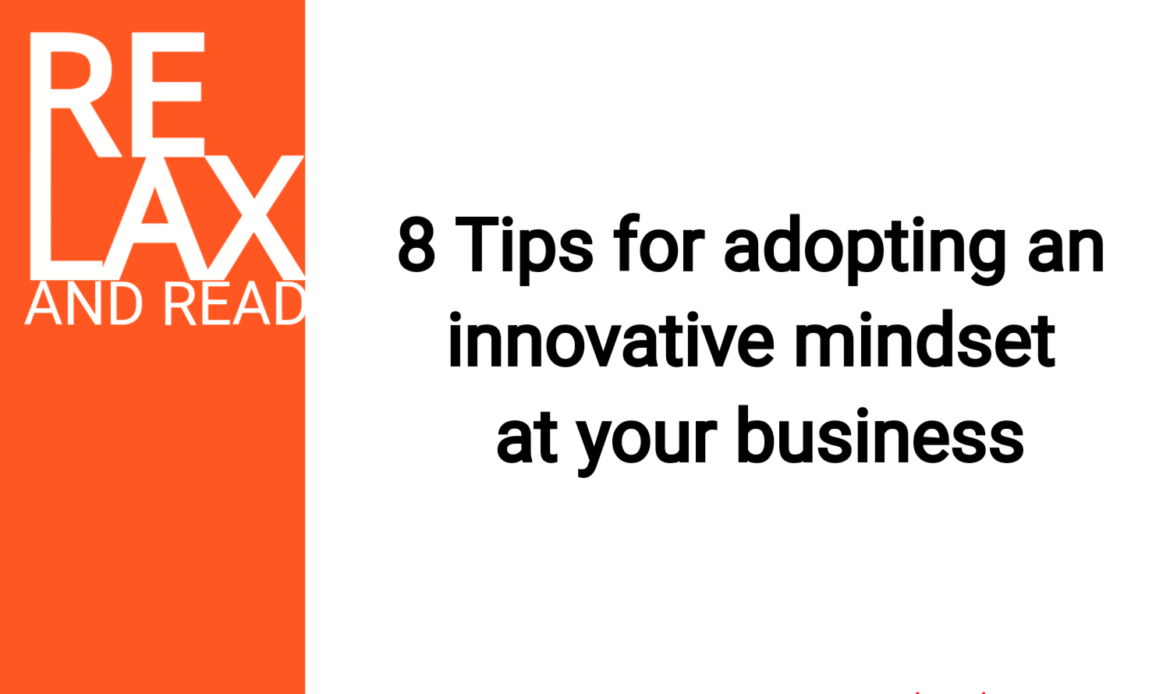
You would be hard-pressed to find a more traditional and glamour-free business than manufacturing industrial boilers. That’s why it’s surprising to hear Nancy Simoneau compare her boiler company to the world of fashion when explaining the importance of keeping up with customers’ evolving tastes and needs.
“People in the fashion industry understand you have to be open to new things. You have to network, travel, and see what’s going on elsewhere,” says Simoneau, President of Groupe Simoneau. “It’s the same for us. It’s so important for us to stay on top of what our clients want. It’s a matter of survival.”
A customer focus and commitment to innovation have produced remarkable results at the boiler repair and manufacturing company, founded by Simoneau’s father, René, some 30 years ago. The company, which employs 85, has worked hard to make its boilers more compact and energy-efficient—qualities prized by industrial and commercial customers, who use them to make hot water and steam for heating and other uses.
Sales have hit almost $20 million, up from $1.5 million in 1996, when the company in Boucherville, Quebec, just southeast of Montreal, moved from mainly servicing boilers to manufacturing them.
Regardless of the industry, a key to building a strong, innovative business is digging to uncover what customers want—maybe even before they’re aware of it themselves. In the case of Groupe Simoneau, the company keeps in close contact with clients—“listening to them and working hard to understand the irritants and difficulties they are experiencing,” says Simoneau, who took over leadership of the company from her father in 2001.
Pushes team
Simoneau has pushed her engineering team to continually rethink boiler design. In one case, a client asked Simoneau to produce a boiler that met the lofty goal of 80% efficiency in converting energy into steam. “The engineering team came back to me and said: ‘Nancy, we’re at 79% and we can’t make it to 80,’” recalls Simoneau. “I told them, ‘I don’t know what you’re going to do, but I sold 80% and I’m not going to install something below that in hopes the client won’t notice. You have a week. Find a solution.’”
The team looked at the problem and found a way to recover more heat from the boiler’s exhaust. Once the boiler was installed, energy efficiency hit 82%, representing $300,000 in additional annual savings for the customer. From there, the team was able to further refine the design, bringing efficiency to 85% and making it a mainstay of Simoneau’s product line.
Look for feedback
A good place to start is with a customer satisfaction survey in which you ask customers to provide feedback on your products and customer service. You can also use social media and other free or low-cost online tools to validate your ideas for new products and services.
But Joncas cautions you to have to work to “decode” customer comments to find out what they want. This is because they’re frequently unclear about their real needs or desires.
Simoneau says her goal is to ensure the company is ambitious, forward-looking, and customer-focused.
“We have a long-term vision for the business,” Simoneau says. “Innovation is how we achieve growth and continuity. And innovation is all about satisfying client needs.” Source: bdc.ca
1. Challenge the Status Quo
Encourage creativity and don’t just settle for the same old way of doing things. Foster an environment that encourages employees to brainstorm and problem solve outside the box. Sit down with your teams and discuss how their roles could be updated and refreshed. Brainstorm issues or problems that need to be addressed and develop a plan to take action.
2. Embrace Failure
It’s important to understand that failure is a necessary and valuable part of the innovation process. Encourage your team to freely experiment whether it’s an idea, process, project, or strategy. Show them that even when things don’t work out, there are valuable lessons to be learned, and failure can we used as an opportunity to refine their approach.
3. Promote Collaborative Thinking
Cross-functional teams can create a culture of shared ideas and help to ensure everyone is on the same page. An open dialogue between departments can be key to producing new and innovative ideas. Encourage collaboration and provide opportunities for team members to work together and learn.
4. Facilitate Learning Opportunities
In order to foster an innovative mindset, employees need to know the best practices of innovative thinking. Invest in workshops, seminars, and training to teach your team how to think innovatively and explore solutions to problems. Learning doesn’t have to be formal – meetings, team brainstorms, and one-on-one conversations are all useful tools.
5. Ask for Input
Invite feedback from both clients and employees about what new products or services they would like to see. Understanding customer needs drives innovation and ensures that the customer remains at the forefront of product design. Regularly survey customers about the services you provide, and use the feedback to inform your strategy.
6. Encourage Open Dialogue
Promote conversations and open dialogue around new ideas. Make sure everyone has an equal opportunity to voice their thoughts and opinions and encourage members of the team to share their ideas and perspectives. Respect other’s ideas and opinions, and strive to find common ground.
7. Foster a Culture of Recognition
Positive reinforcement goes a long way. Acknowledge employees who come up with innovative solutions to problems. Rewarding individuals (and teams) for their creativity and innovation will further cultivate an environment of eagerness and enthusiasm.
8. Invest in Technology
Invest in cutting-edge technology and tools to stay ahead of the competition. Research the newest trends, technologies, and methods of innovative thinking. Use the same tools and systems that innovators are using to make sure your team is up to speed. This will make it easier to stay ahead of the curve and pursue new ideas.
